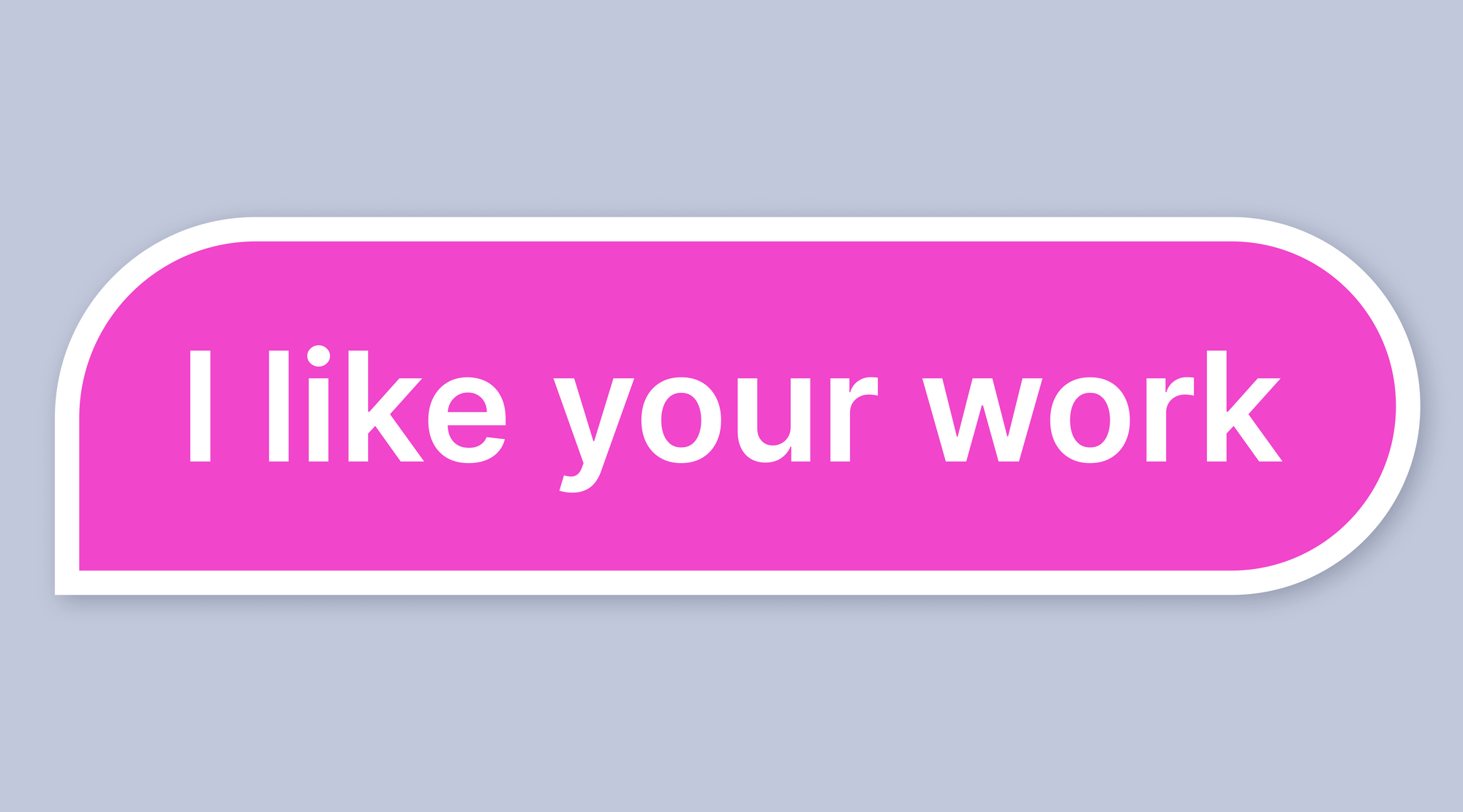Cultivate co-authoring mode: How to give great design feedback
Principles of workflow management that ease communication on joint design projects and lead to better feedback delivery

Whether you’re holding a giant brainstorming session, running a team project, conducting an internal review or discussing work with clients, qualitative feedback has a huge impact on the final result.
Below, Brickit Head of Design Andrey Medvedev and Tracksmith Creative Director Rafael Oliveira share principles of workflow management that ease communication on joint design projects and lead to better feedback delivery.

Assess your assets
Andrey Medvedev names several general factors that determine the overall course of development of a collective design project:
- Certainty. How precisely do you know what you need? Are you working on something completely new, or doing similar things for the 15th time in a row?
- Resources. Assess honestly how much time, money and emotional resources your team has at this point in time.
- Values. How much do the purposes of your design project align with the goals and values of your team? What results will you be happy with? Answering these questions will help you establish the point when you’ll be ready to stop on your path to perfection.
- Luck is the last but not least,—it can save you a lot of time and effort, but you can’t count on it when you’re planning.
Discipline and planning have become even more important with the global switch to remote working. “The main difference is that online processes need structure: more advance planning, more documentation, more synchronization meetings,” Medvedev says.
Another thing that eases communication on a joint design project, and subsequently, the process of feedback delivery, is mindful organization of the workflow and task assignments. This is how Rafael Oliveira streamlines the workflow in his projects: “First, I look at our bandwidth and our workload. After that, I figure out who in the team has the better skillset to approach one task or the other. Sometimes it comes down to determining who has the fewest things on their plate and can tackle the project. After the roles are distributed, we have a couple of checkpoints and some final adjustments to make sure that everything is on track and looking like it's supposed to.”
Outline the core design hallmarks
Good feedback lightens the path to a better solution and doesn’t harm. Problems arise when criticism turns personal, arguments emotional and behavior offensive. To avoid diseases of communication we need to outline the hallmarks.
“In any design work, you can outline the core principles and hallmarks of the desired result and they’ll serve as a compass. Each project is different and so are its principles. A team that designs brand identity would describe its personality traits, visual language, and tone of voice. A team working on an app would define the features of user experience and interface,” says Andrey Medvedev. Such outlines can come in handy: they’ll lead to effective decision-making when opinions differ and will prevent projects from turning into a patchwork quilt, he adds.
Disagree but commit
“I think the main team problem that can come up is misalignment: if you have a vision, and people in the team aren’t on the same page, everything can become complicated, especially if your teammates don't fully understand what you’re trying to do and you have to explain things again and again. It might also mean that you’re not doing a good job of getting the idea across. Either way, if there's a disconnect between what the vision is and what the execution should be, you end up with work that doesn't convey the original idea and then the goals might not meet. It's a mismatch of mindset and approach that usually hampers the whole process,” says Rafael Oliveira.
“I always strive to make the brief of the concept as clear as possible and make sure I'm involved in the process. I don't just ask to execute something and then check back on it once it’s finalized. I think successful collaboration is about a conversation that needs to happen along the way. It’s extremely important to give and take feedback from a team. There is one trick that helps me when I hit a barrier: disagree but commit.
If I see an idea that comes from any part and don’t feel like I’m aligned with it, I try to understand the point of view and where it’s getting at, but if that’s not possible and we still have to move forward with it, then I commit and lend my skill set in order to make it the best possible thing it can be according to the original vision,” he adds.
Cultivate co-authoring mode
“While delivering feedback, it's very helpful to make self-checks on the communication mode you’re in: is it collaboration, or is it a fight? Fights have only one winner, where you have to stand your ground at all costs. On the contrary, in collaboration, you and your peers establish common goals and seek the best solution together,” Andrey Medvedev says.
“The whole thing is about sticking to collaboration mode. To cultivate that ability, we need to be open to opinions that differ from ours. When we examine it from the perspective of another person we can either find the right words to communicate our ideas or reveal the essence of another solution. That also means that we should be ready to change our minds—it can be hard, but it’s a real sign of strength,” he adds.
When people voice and discuss their viewpoints, they feel that their opinion is taken into account, which makes them more engaged, and accordingly, more responsible for the final result. “It’s great to ask the opinion of your colleagues, even if the ultimate solution seems obvious. That way, you engage your colleagues in co-authoring mode”, Andrey Medvedev says.
Convey straightly
“I try to base my feedback on two main principles: honesty and respect. I don't always get there, and it’s a process I'm working on, but if you're honest, and if your feedback comes from a perspective of respect for other people and their work, you’ll eventually settle things,” says Rafael Oliveira. “Softening issues or being overly kind might just not work right. Sometimes negative feedback that is constructive is more respectful toward your teammate than just saying that we’re doing something else as it doesn’t fix the problem in the first place or account for future improvement. I respect people and the work they bring to the table, along with being honest, which to me is a higher level of respect by conveying exactly what should be conveyed so that people can adjust their work toward the goals.”
“It's a very big cliche, but if there's no goal, you can’t score. If people don't know what the goals are, and those points aren’t being brought out in an honest and respectful way, a little bit of them will be lost,” Rafael adds.
It also comes in handy to look for, mark and select specific words, formulations and language constructions that convey the essence in an optimal form and are respectful yet effective: I love the metaphor of ‘screwdrivers,’ which you can collect in your suitcase,” Andrey Medvedev says.
Learn psychology
To sum up, Andrey Medvedev advises, “One of the most powerful ways to become great at providing feedback is through learning human psychology, the understanding of how people can be organized mentally and how they behave, which is key to maintaining and developing relationships under any circumstances. By the way, it hugely influences the designer’s skill and helps build products that serve the real needs and brands that establish stronger connections.”